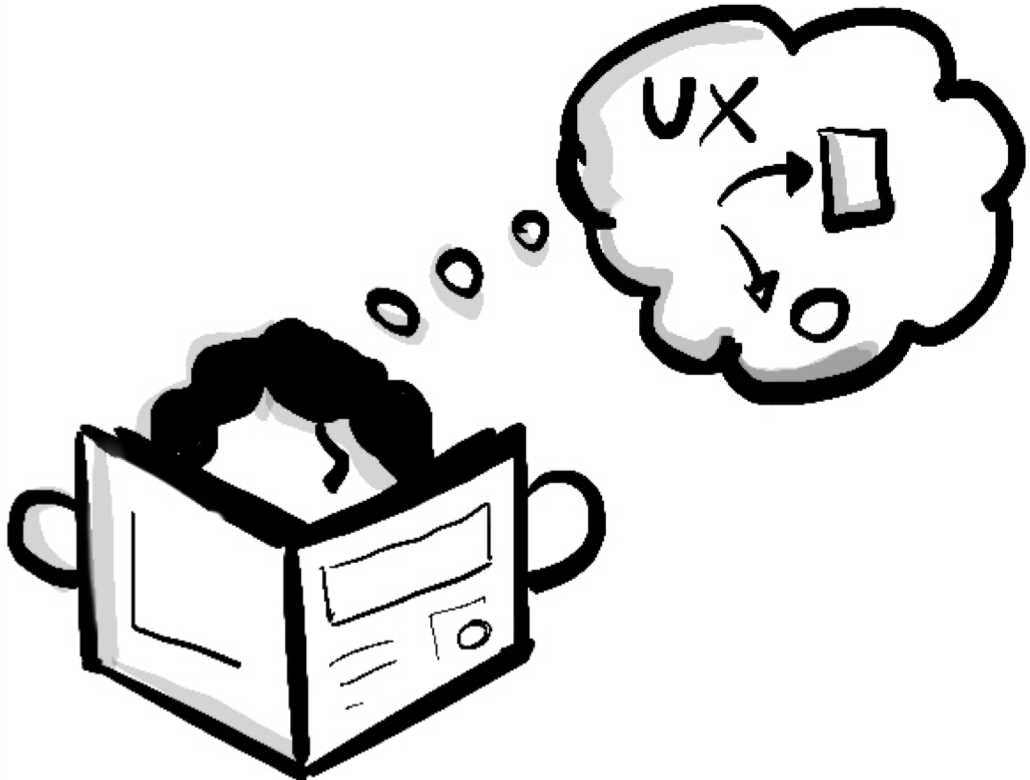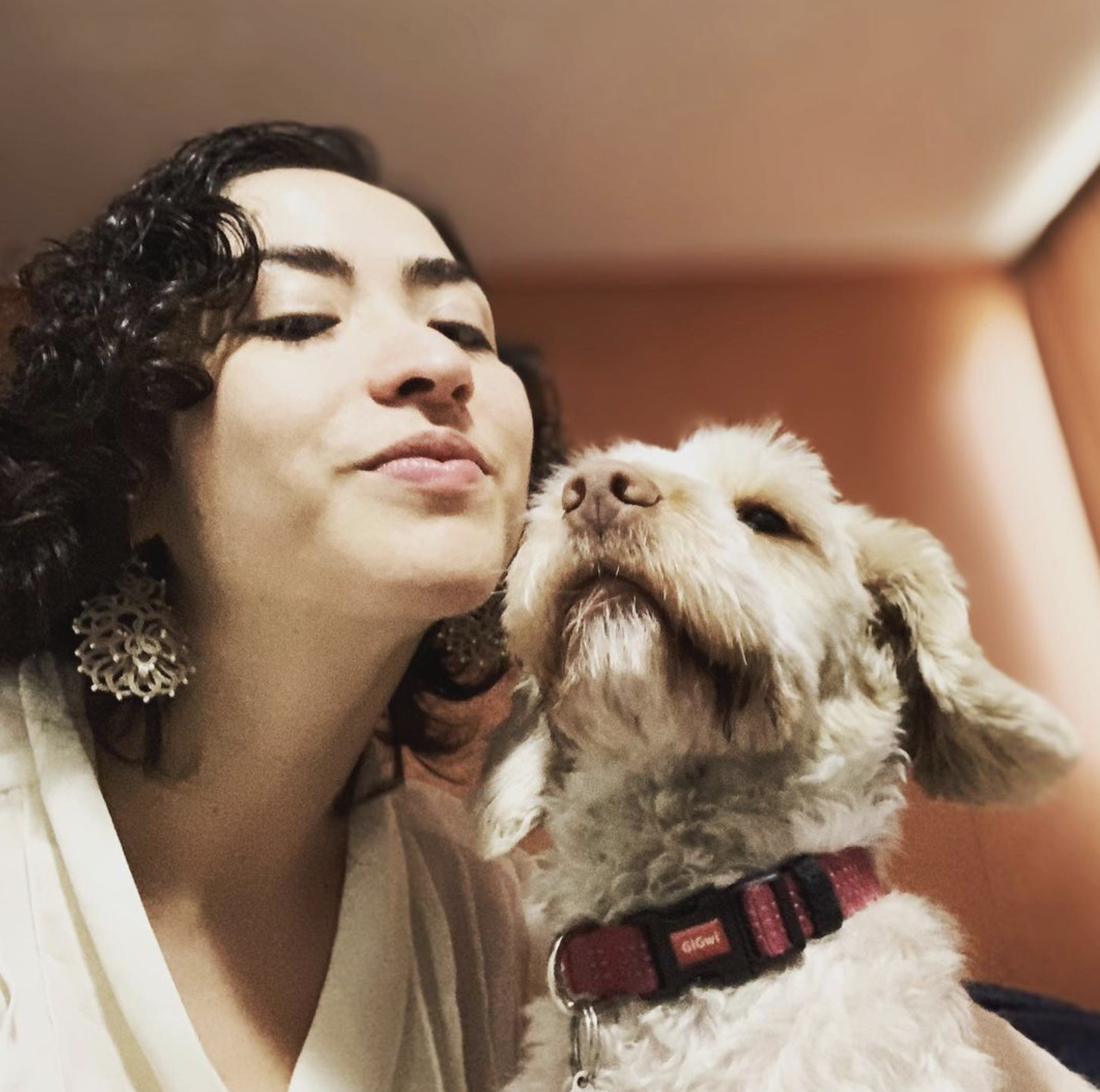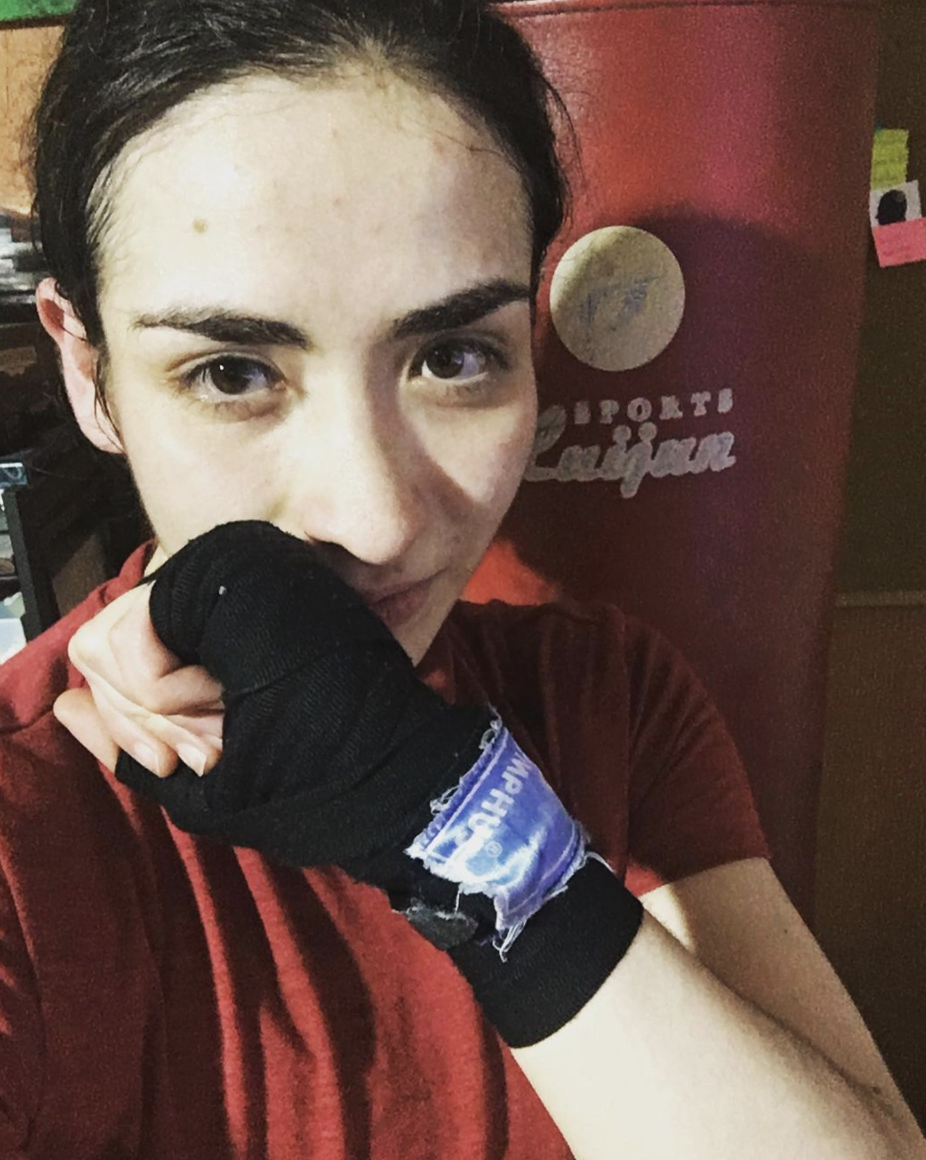
Hi, I'm Bárbara Inostroza Vildósola, UX / UI Designer
I formally studied Industrial design at Universidad de Chile. Within my last years of study, I centered on design-focused research methodology. In this process, I realized that my future did not lie in developing interfaces for physical products; instead, I got to know the digital world and web development. I started learning CSS and HTML so I could design my first webpage without any CSS framework, a project where learning was my only payment. Then, I took on some other projects with friends; some just web design, and others included front-end prototyping using CSS and HTML.
How did this process lead me to UX / UI design?

In my learning process, I took a data visualization course from Interaction Design Foundation. I really liked the analysis of this kind of design, and the work behind data and information. Also, I started reading some foundational books, like "Don't Make Me Think”, by Steve Krug.
I knew that I wanted to work in a company that tackled this kind of project, and at the same time, that cared about user-centered research: getting to know the user, discovering what they need, and building upon this.
This way I found my opportunity and I became a UX designer (even though I prefer Google's way of naming it: “generalist designer”) in charge of the designing process as a whole: from project's inception, research, ideation, problems and goals, all way up to prototyping, testing, and production review.
What about my learning? It is constant, and I always strive to learn more
As a designer in the tech industry, you need to be eager to learn constantly, be on the look for new things, and build with them. I took a second certification about design thinking at the Interaction Design Foundation, to properly condense all the articles I read and the processes applied to my work. I also took a data visualization certification at Universidad Católica de Chile, where I learned more techniques about user-centered design.
Then I understood that for my conclusions from the design process to be understood by any person, I needed to improve my communication skills. So, I decided to practice constantly the design thinking methodology.

What am I doing today?
I'm looking to learn more (not only from books and articles) and to know the experience of other designers. I also joined Google's UX certificationwhich lasts 6 months, and until now it has helped me to understand lots of concepts and I’ve heard testimonials from several designers. When I get my certificate, I can tell you my conclusions :D
Sources I’m thankful for my learning
Design Sprint - Google Ventures
Onboarding & Engagement - Intercom
Remote User Research - Rosenfeld Media
Interviewing Users - Steve Portigal
The User Experience Team of One - Leah Buley
This is Service Design Thinking - Marc Stickdorn
Diseño Emocional - Donald Norman
La Psicología de los Objetos Cotidianos - Donald Norman
UX Writing en Español - El ABC de la Disciplina con Ñ - Marisol Parnofiello
NNgroup
Interaction Design Foundation

What do I do when I'm not designing?



